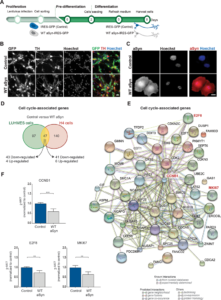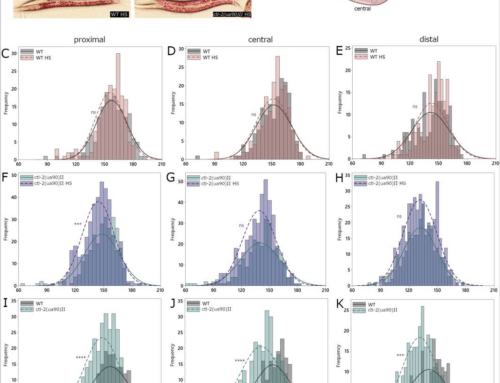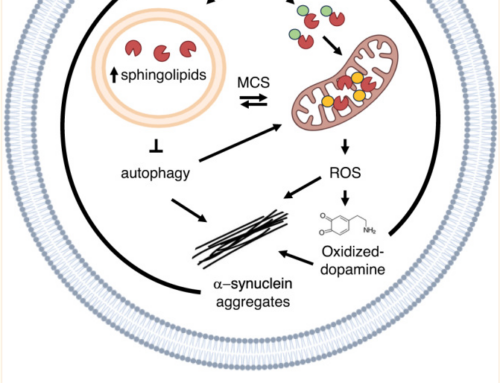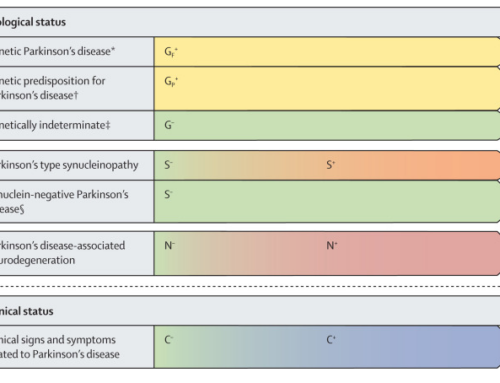
Alpha-synuclein (aSyn) is a central player in Parkinson’s disease (PD) but the precise molecular mechanisms underlying its pathogenicity remain unclear. It has recently been suggested that nuclear aSyn may modulate gene expression, possibly via interactions with DNA. However, the biological behavior of aSyn in the nucleus and the factors affecting its transcriptional role are not known. Here, we investigated the mechanisms underlying aSyn-mediated transcription deregulation by assessing its effects in the nucleus and the impact of phosphorylation in these dynamics. We found that aSyn induced severe transcriptional deregulation, including the downregulation of important cell cycle-related genes. Importantly, transcriptional deregulation was concomitant with reduced binding of aSyn to DNA. By forcing the nuclear presence of aSyn in the nucleus (aSyn-NLS), we found the accumulation of high molecular weight aSyn species altered gene expression and reduced toxicity when compared with the wild-type or exclusively cytosolic protein. Interestingly, nuclear localization of aSyn, and the effect on gene expression and cytotoxicity, was also modulated by phosphorylation on serine 129. Thus, we hypothesize that the role of aSyn on gene expression and, ultimately, toxicity, may be modulated by the phosphorylation status and nuclear presence of different aSyn species. Our findings shed new light onto the subcellular dynamics of aSyn and unveil an intricate interplay between subcellular location, phosphorylation and toxicity, opening novel avenues for the design of future strategies for therapeutic intervention in PD and other synucleinopathies.


